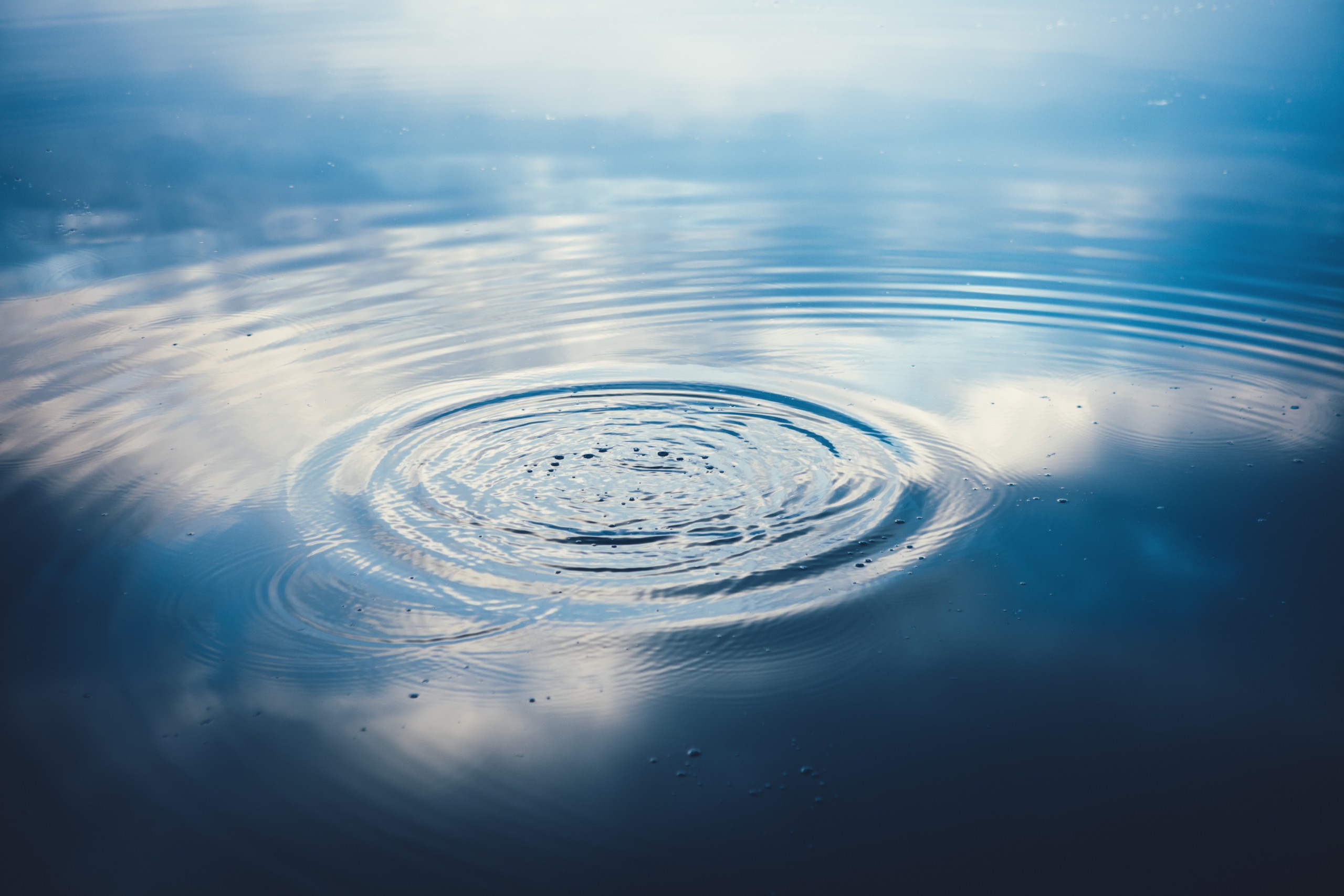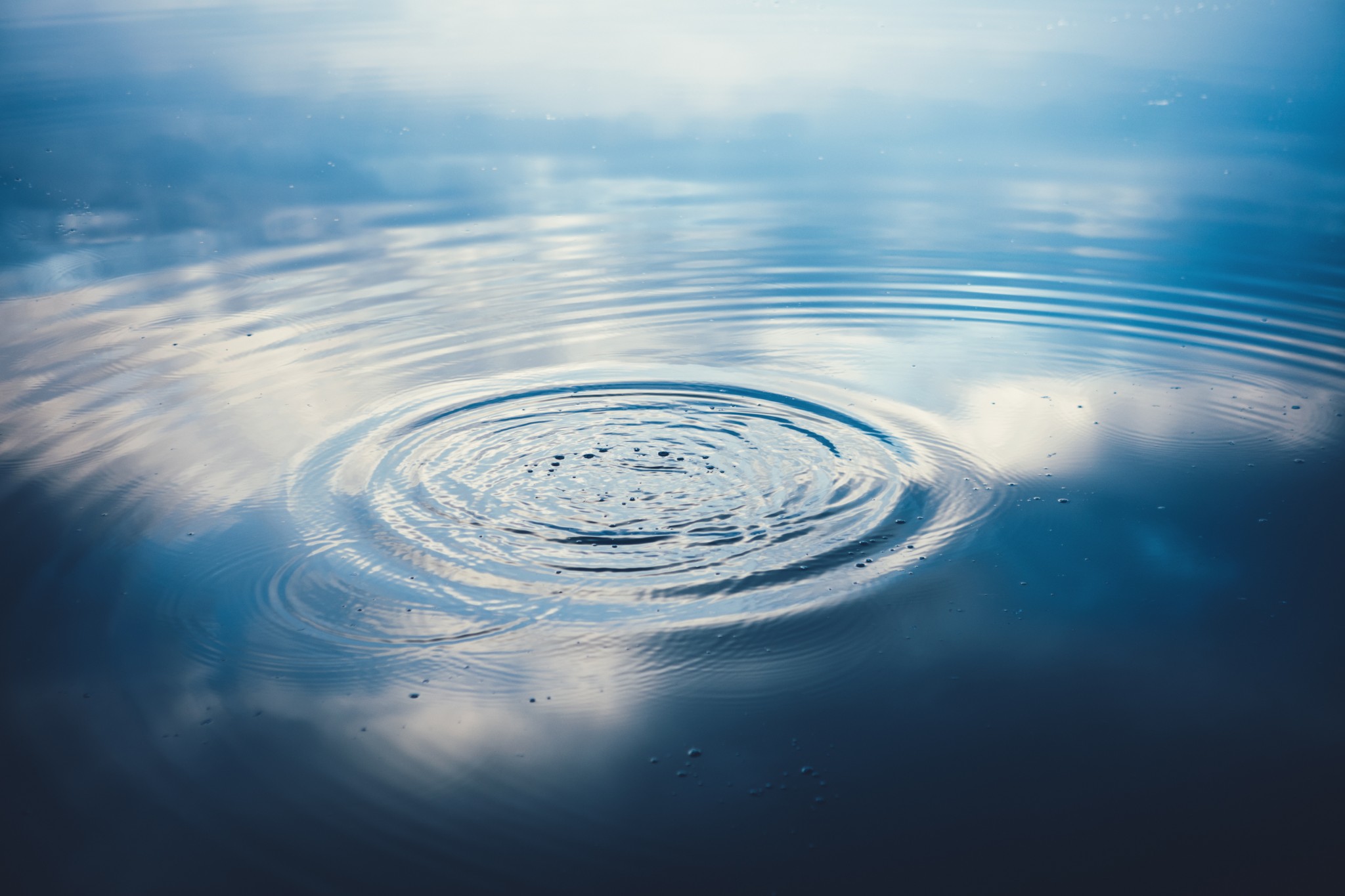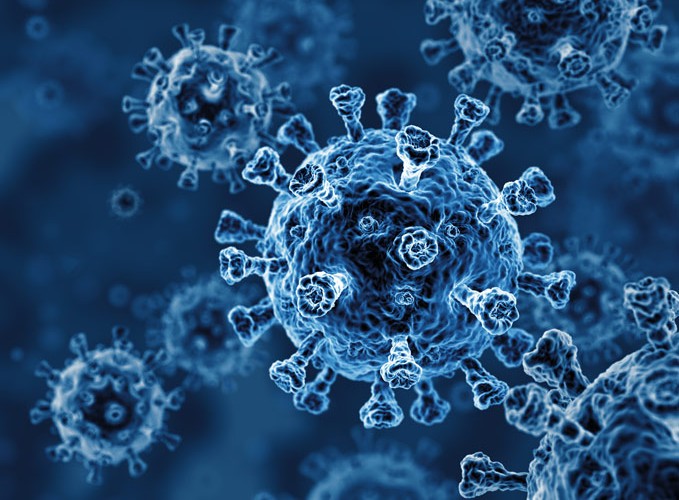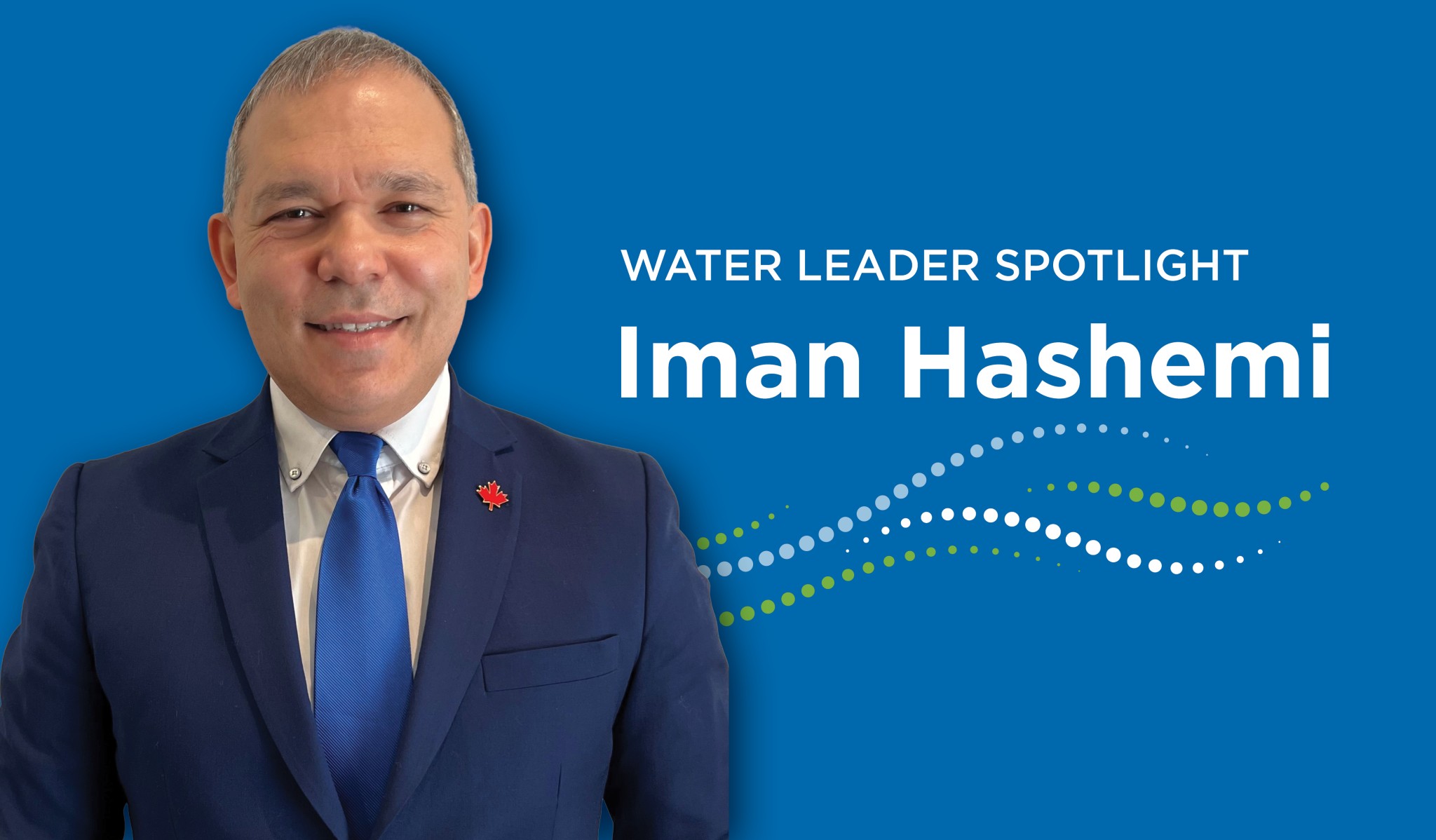CEO thought leader interview with Dr. Maite Maldonado
June 26, 2024
CWN’s quarterly newsletter with the latest news, insights and thought leadership.

Microplastics are ubiquitous in our lives and in the environment. Canada is currently negotiating an international agreement on plastics pollution, and has joined other countries in banning some single use plastics. Despite the enormity of the problem, understanding how microplastics circulate in the environment and in our bodies is in its early stages.
CWN’s CEO, Nicola Crawhall, sat down with Professor Maria (Maite) Maldonado. She is one of the lead researchers in the University of British Columbia’s (UBC) Microplastics, Health and the Environment research cluster as well as a professor in the Department of Earth, Ocean and Atmospheric Sciences. Nicola also connected with Associate Professor Maria Holuszko from the Norman Keevil Institute of Mining Engineering, Assistant Professor Sepideh Pakpour from the School of Engineering, and Assistant Professor Sara Beck from the Department of Civil Engineering. They discuss their research on the source, fate, treatment and human health exposure to small particles of plastic that are also known as microplastics.
What is the UBC Research Cluster on Microplastics, Health and the Environment?
Maite Maldonado (MM): The UBC MHE is a cross-disciplinary research cluster that involves 28 researchers from a variety of UBC faculties including pharmaceutical sciences, engineering (biological, civil and mechanical), sciences (oceanography, chemistry, botany, biology and public health), and social sciences (e.g., political science, behavioural science, etc.). This cluster seeks to support the development of informed policies regarding microplastic pollution by addressing fundamental microplastics knowledge gaps. For example, we aim to improve environmental microplastics sampling and processing methods (i.e., in wastewater treatment plant effluent, stormwater, agriculture soils, marine sediments, the ocean water column, etc.). This will enable us to standardize methods for sampling, quantification and characterization of microplastics in the environment. We also aim to determine the pathways of human exposure to microplastics, as well as the effects of microplastics on human health and the environment.
Can you tell me about your research on the sources of microplastics in the Strait of Georgia?
MM: Like other countries, we are finding that some of the original sources of microplastics are synthetic fibres and tires, among other industrial, commercial and retail sources. These break down and shed into our laundry water, onto roads, and into the ocean and soils. But it’s important to understand not just their sources, but their fate once they have broken down. Just like other micropollutants, microplastics circulate in the environment, from source to water, land and air.
MM: For the last four years, six members of the UBC MHE have worked together on a major research project to track and model microplastics that find their way into the Strait of Georgia, off the coast of Vancouver. Because it is a sheltered basin with a well-known circulation, it serves as a great model system to trace the sources of microplastics from stormwater, wastewater and far upstream from tributaries like the Fraser River. We have been gathering data over several years and at the same time building a model in which the data will be entered to provide us with a comprehensive map of the sources, cycling and fate of microplastics in the greater Vancouver region.
What do we know about human exposure to microplastics?
MM: We have known about exposure through ingestion for a while. A 2019 study by the University of Newcastle for World Wildlife Fund determined that the average person could be ingesting five grams of plastic every week, equivalent to eating a credit card.
Sepideh Pakpour (SP): That’s right, we all ingest plastic when we drink water from a plastic bottle (2,450 microplastic particles(MPP)/day) or when we drink several cups of tea brewed from nylon tea bags each day (29.4 billion MPP/day). We even breathe in microplastics that are suspended in the air (on avergae 130 MPPs/day).
SP: Once these very small microplastic particles (PM 10- PM 2.5 microns) are in our bodies, they can accumulate in various organs, including our lungs, our heart, even placentas. Regarding those that reach our organs, there is no consensus on their health impacts yet. We simply don’t have enough data to establish any causal relationship.
SP: My team, in collaboration with Dr. Julien Gibon, investigated how microplastics might impact brain health. We first used mice as proxies for human brains and discovered particles that had migrated into their brains. Our current research question is whether microplastics can attach to and penetrate neurons. This concern arises because our in vitro studies showed that as few as six microplastic particles attached to human neurons can induce oxidative stress, cytotoxicity and neurodegeneration in human neurons, with cortical neurons being more susceptible than nociceptors. Furthermore, we examined the role of biofilms on microplastics and nanoplastics (MNPs), demonstrating that MNPs can serve as a vehicle for pathogenic biofilms that significantly exacerbate these neurotoxic effects. More information is available in this study.
Author’s Note: Learn more about the topic in this article that looks at Rick Smith’s experiment that led to him being the first person in North America to discover microplastics in his body.
Can you tell me about the research being undertaken on treatment and removal of microplastics from wastewater?
MM: The good news is that secondary treatment at wastewater treatment plants (WWTP) have a very high level of microplastic removal. A study showed that 70 percent of the microplastics entering one of the major Vancouver WWTP are microfibers and that treatment retains about 98 percent of these. Our ongoing research in collaboration with Metro Vancouver ’s two treatment plants with secondary treatment, the Iona Island and the Annacis Island plants, is determining the annual inputs of microplastics into the environment by sampling the effluents for microplastics every four hours for an entire year. We’ll be publishing our findings on this next year.
Maria Holuszko (MH): However, even if we find ways to capture 100 percent of microplastics from sewage through treatment, we still end up with a significant quantity of microplastics in the sludge. Research shows that biosolids from wastewater used as fertilizer on agricultural lands can have a certain concentration of microplastics. As a result, microplastic particles can accumulate in the soil and then either run off into waterways or are pulled into the atmosphere when the soil dries, and are transported by air. This contributes to microplastic pollution in the ocean and elsewhere.
MH: I have been researching more efficient processes to treat the sludge or biosolids to extract microplastics. This is where we can learn from the mineral processing sector. There are parallels in the separation technologies and their advancements in mineral processing, such as gravity separation froth flotation and clarifiers that can also be used to improve recovery of plastic and microplastics from wastewater treatment plants.
Sara Beck (SB): We are also undertaking research on innovative approaches to microplastics degradation through the breakdown of bonds using simulated solar light, ultraviolet light and light emitting diodes. The research will determine how well the photochemical processes degrade the microplastics and which wavelengths are best. This research is at the lab scale currently.
What are some of the solutions you’ve come across to reduce microplastics in the environment?
MM/SB: It will take a combined effort, by manufacturers eliminating microplastics at source, by regulators setting limits, by innovations in industrial and public water treatment systems, right down to choices taken by individual consumers like not drinking water from plastic bottles and not using plastic products.
MM: There are some easy fixes that can have high impact. For instance, governments can regulate that washing machine manufacturers include filters to capture microplastics and prevent their entry in our waterways. For tire wear particles, which are among the most abundant microplastics and can cause acute toxicity to aquatic organisms, we also need approaches to prevent their introduction to surface waters. Improving street sweeping and its frequency would reduce tire wear microplastics inputs into aquatic ecosystems. Our colleague Assistant Professor Rachel Scholes has done research on green infrastructure adjacent to roads that can be used to capture tire wear particles tire wear particles in road runoff.
MM: Also, through our collaboration with OceanWise, we have learned about great interest in the sports apparel industry for more research on the ecotoxicity of microplastic fabrics. They recognize that natural fibres will be in high demand as consumers become aware of the impact of synthetic fabrics.
MM: There is also research being undertaken on biodegradable plastics. We can’t ban all plastics. We need plastics, but there are alternatives. Bio-plastics that degrade completely and don’t damage the environment are being developed.
What have you enjoyed most about being part of the UBC microplastics cluster and what are next steps?
MM: It is the multi-disciplinary nature of the research, and learning from international experts that we brought in. I never imagined working with colleagues with such diverse perspectives including chemistry, engineering, biology and social sciences.
MM: In terms of next steps, the funding for the cluster is coming to an end, but the cross-disciplinary research that was forged over the past three years will continue. And a body of research will be published over the next two years. Look out for these on the cluster website. You can also find our series of three podcasts here.
Is there any additional information you’d like our audience to know about?
MH: Plastic contamination in oceans and freshwater sources has been the focus of many studies. However, microplastic pollution, due to the degradation of larger plastic into < 5mm microplastics, in urban and agricultural soils is also becoming an important area of our research. Our recent work on plastic and microplastic contamination also found significant traces of low-density polyethylene, polyethylene and polypropylene plastic in garden soil.

Sources of global research and policies on microplastics
Book published by the OECD on Policies to Reduce Microplastics Pollution in Water with a focus on textiles and tyres.
Briefing note by EarEau on Microplastics and the water sector: Current knowledge, challenges and possible solutions.
German research projects on microplastics.
Statement by the Dutch water authorities union, Unie van Waterschappen (UvW), on microplastics in water.
Policy brief on existing and emerging technologies for microplastics removal from wastewater and stormwater by the Baltic Marine Environment Protection Commission.












